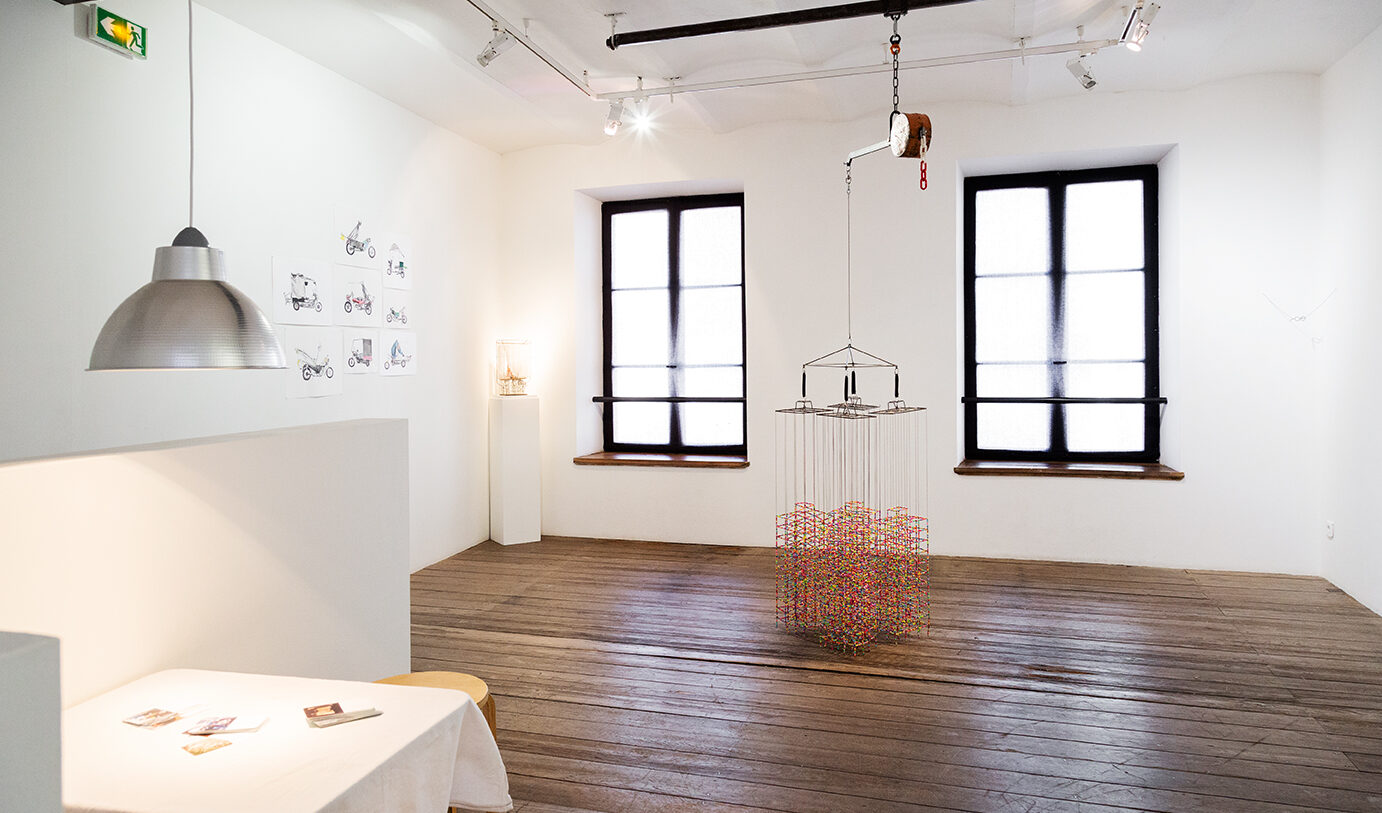Extended until 30th December 2022
As part of his artist residency at SeMA NANJI in Seoul, Joseph Kieffer attentively observed and explored his new work environment. Between Dongdaemun Market, the business district and the historical centre, he collected materials, shapes, colours and images that inspired him and formed his first Korean impressions.
Among the urban, social and cultural phenomena he discovered, Kieffer was struck above all by the country’s urban planning and the density of the tanji, the modern tower blocks characteristic of Korean cities. From the 1960s onwards, apate tanji, or apartment complexes (apate being a Korean transcription of the English word ‘apartment’ and tanji meaning ‘surrounded land’), mostly located in the areas between the city centre and the mountains, were developed at a large scale in response to the industrial growth and demographic expansion of the country.
Kieffer has appropriated these functional infrastructures, changing their status and ‘softening’ them up by transforming them into sculptures made of multicoloured pearls that can be activated with music.
Drawing on han and jeong, two concepts specific to Korean culture that could be likened to the Western ideas of melancholy and benevolence, Kieffer describes the ambivalence and contradictions of a society that oscillates between tradition and modernity, pain and resilience.
This exhibition brings together the artist’s research and the works initiated during his residency: a series of watercolours, two automatons as well as a new ‘object-sculpture for dancing’ and a video of its performative display in the streets of Seoul in the company of Korean musicians and dancers.
By playing with scale and balance, the artist creates a poetic vision of urban chaos that bears witness to a megalopolis in constant change.
